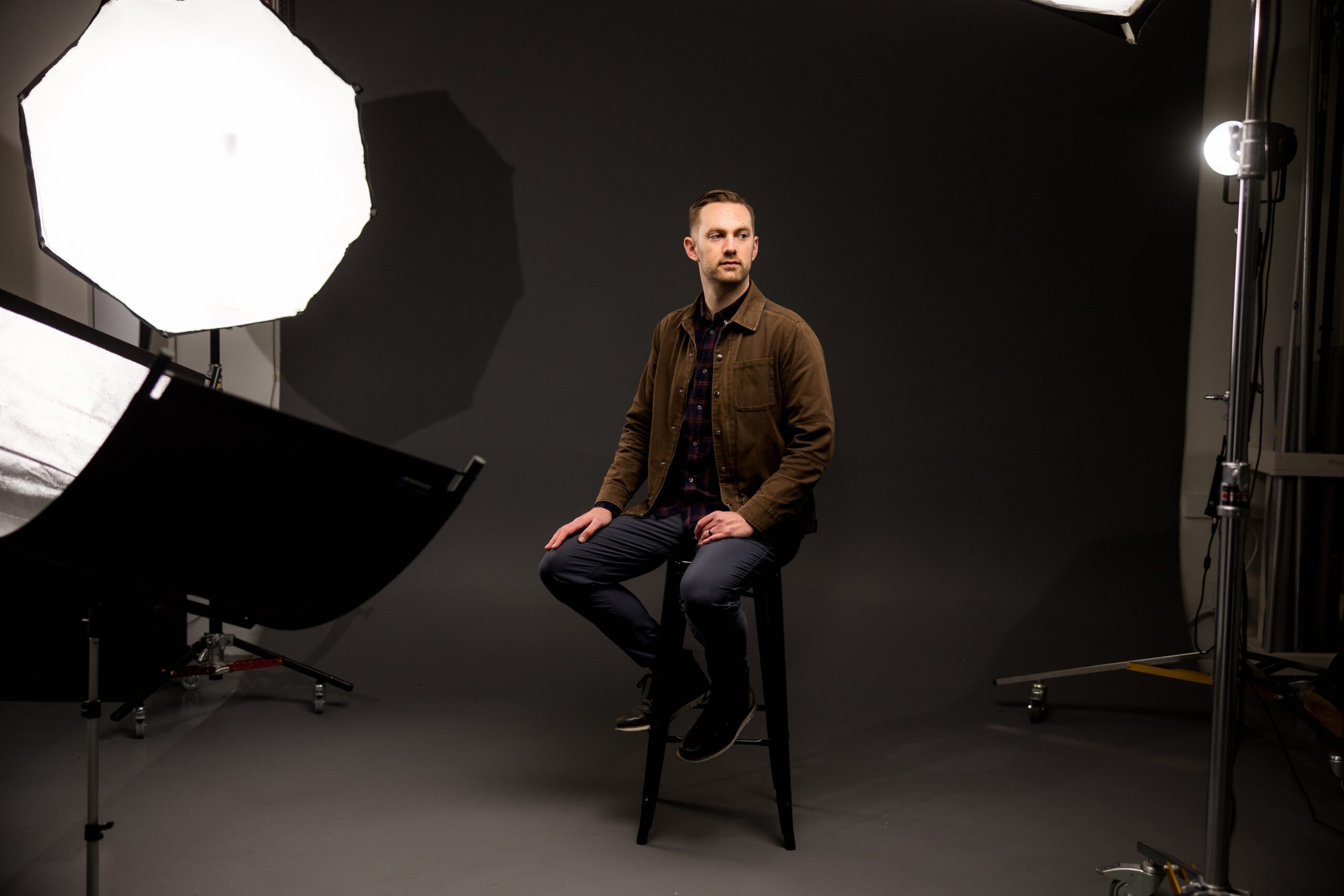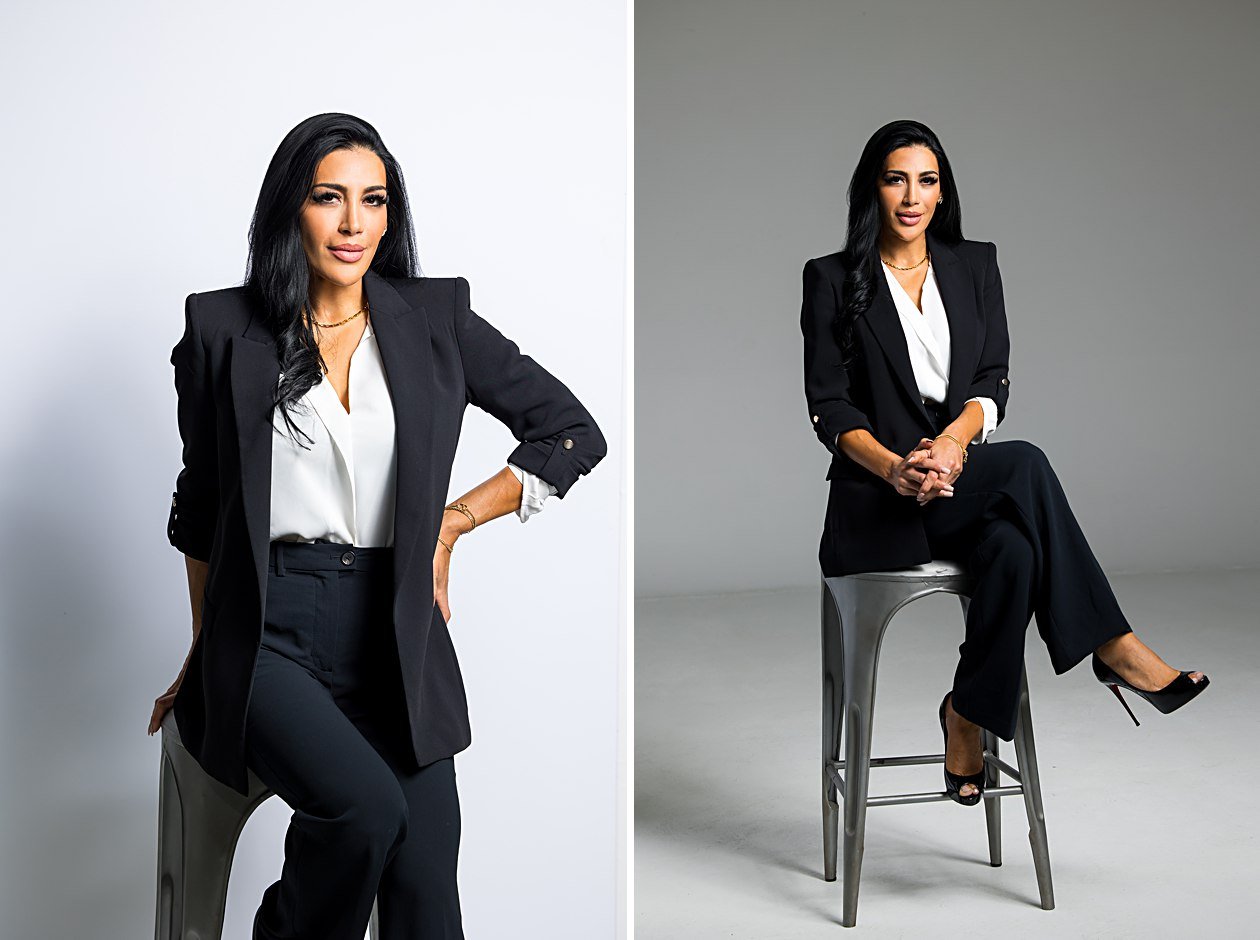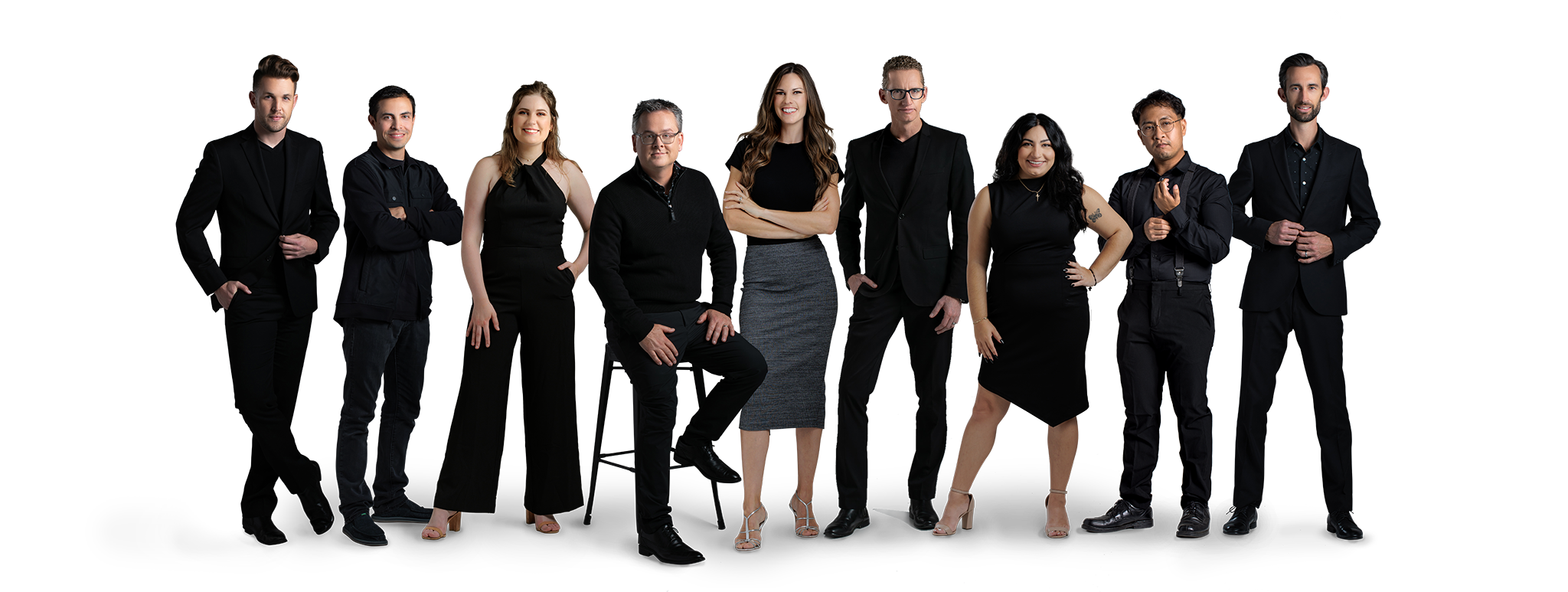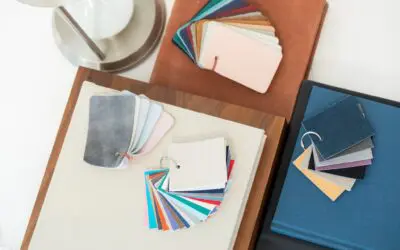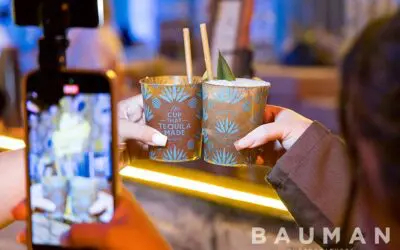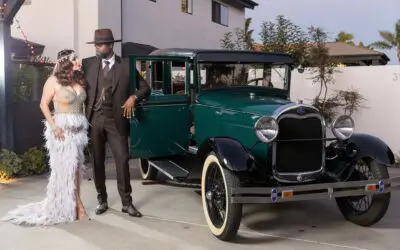Poor product photography creates doubt in buyers’ minds about quality and attention to detail, causing them to choose competitors with more polished visual presentations. This comprehensive guide, based on our proven workflow, will walk you through every step on how to take product photos of clothing pieces to make your garments stand out and drive sales.
How to Take Product Photos of Clothing
Taking stunning product photos of clothing involves meticulous preparation of garments and workspace, including careful styling, prop selection, and choosing the photography gear. Our photographers strategically set up artificial lighting sources, utilizing tripods and reflectors, and adjusting camera settings. This enables them to compose compelling shots from multiple angles and capture intricate details.
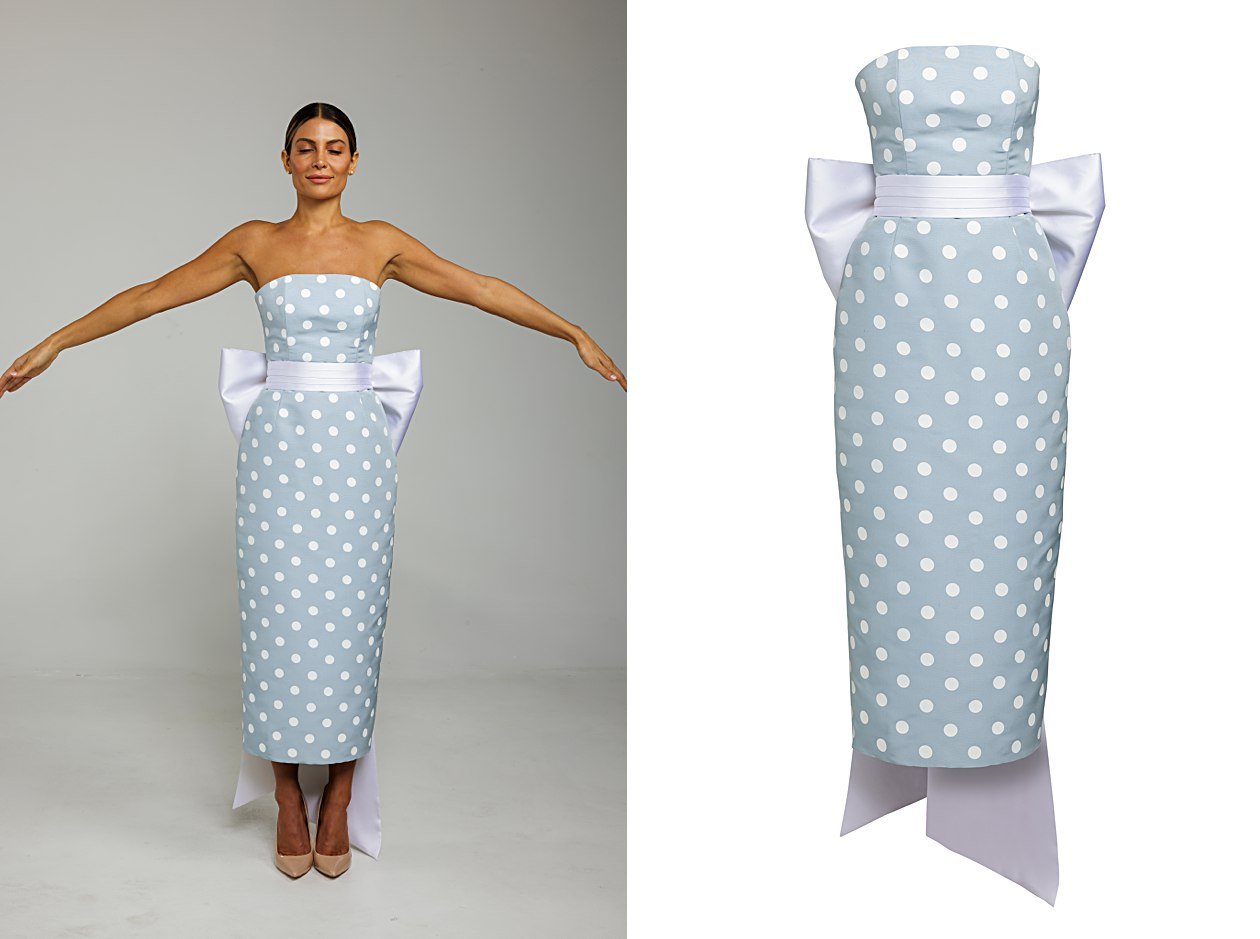
As we continue to work with several brands and produce thousands of images for them, we understand the nuances of presenting apparel in its best light. Skip the hassle and get professional results with our professional photography services.
| Aspect | Things to Do |
| Clothing, workspace, and gear preparation |
|
| Lighting and equipment setup |
|
| Composition |
|
1. Prepare Your Clothing and Workspace
Brands with a highly unified visual see a substantial 17% increase in brand recall.
Select and Style Clothing
Before anything else, we style the clothing you’ve meticulously prepared to enhance the visual appeal in the pictures.
- Clothes that are clean, wrinkle-free, and free of any tags or loose threads.
- Steamed or ironed garments to achieve a pristine look.
- Clothing styled on mannequins, flat lay surfaces, or models best showcases its form and fit.
Incorporate Props and Background
We employ a strategic selection of props and backgrounds to enhance the narrative and aesthetic of your product photos.
- Simple, uncluttered backgrounds that don’t distract from the clothing.
- Props that complement the clothing’s style and target audience without overshadowing the product.
- Consistency in background and prop choices across the product line for a cohesive brand image.
Choose the Right Camera and Lenses
Our photographers use the appropriate camera and lenses for capturing the intricate details and textures of clothing.
- A DSLR or mirrorless camera offers the flexibility and control needed for high-quality product photography.
- 100mm macro or longer lenses to minimize distortion, paired with a high aperture for sharpness.
- Macro lenses capture the fine details like fabric weave or embroidery.
2. Set Up Lighting and Equipment
Our lighting and equipment setup illuminates clothing products to highlight every detail. Save time and resources by utilizing our professional studio setup to capture your product photos.
Utilize Artificial Light Effectively
We harness the power of artificial light sources for versatile and well-exposed product photos.
- Artificial lights, such as strobes or continuous LED lights, offer consistent and controllable illumination for studio setups.
- Diffusers and reflectors soften harsh shadows and bounce light into darker areas of the clothing.
- Natural light can be incorporated in lifestyle shoots to evoke a certain mood or atmosphere. However, we mainly use strobe lights for controlled, consistent lighting.
Position Tripod and Reflectors
Proper positioning of tripods and reflectors promotes stability and optimal light distribution for consistent results.
- A sturdy camera stand, which is a studio-style type of tripod, enables more sensitive adjustability and eliminates camera shake, resulting in sharp images.
- Reflectors to fill in shadows and add sparkle or warmth to your product.
- The right reflector placement is to direct light and enhance the contours of the clothing.
Optimize Camera Settings for High-Quality Photos
Our photographers fine-tune their camera settings for capturing sharp, well-exposed, and color-accurate product photos. We also utilize tools like the Calibrite Color Checker for precise color representation, matching the garment’s true hues.
- Manual mode allows for full control over the aperture, shutter speed, and ISO.
- Suitable aperture, usually ranging from f/8 to f/11, to keep the garment in sharp focus.
- Low ISO, from 100-200, to minimize noise and maintain image clarity.
3. Capture and Compose Clothing Photos
The art of capturing and composing clothing photos lies in presenting your apparel in a compelling and informative manner.
Shoot Multiple Angles
Capturing multiple angles and close-up shots provides a comprehensive visual representation of the clothing product. Check also some tips on how to take photos on iPhone.
- Angles from the front, back, and sides to showcase its complete design.
- Detailed shots of unique features like buttons, zippers, embroidery, or fabric textures.
- Shots that highlight the garment’s fit on a body, such as how it drapes or conforms.
Include Detail Shots
Dedicated detail shots highlight the unique attributes and quality craftsmanship of the clothing.
- Intricate patterns, stitching, or embellishments that distinguish the garment.
- Specific hardware, such as unique buttons, zippers, or buckles.
- Branding elements, like embroidered logos or custom tags, reinforce the brand’s identity.
Craft Lifestyle Photography
We can also incorporate lifestyle and product photography to add context and aspirational appeal, using visual merchandising to help customers visualize themselves wearing the clothing.
- Models wearing the clothing in relatable or aspirational settings.
- Visualization of how the clothing can be styled and paired with other accessories.
- Models and setups that align with your target audience and brand aesthetic.
Related Questions
What Is the Best Way to Take Product Photos?
The best way to take product photos involves meticulous preparation, optimal lighting, and strategic composition to highlight your product’s features and appeal. Booking professional photographers can guarantee high-quality, consistent images that effectively showcase your products and build customer trust, ultimately leading to increased sales.
How Do You Edit and Optimize Product Images of Clothing?
Effective clothing product image editing involves color correction for accurate fabric representation, background removal or replacement for consistency, and subtle retouching to remove imperfections while maintaining product authenticity. Images should then be optimized for web use by compressing file sizes without sacrificing quality while meeting platform-specific requirements.
When to Consider Outsourcing Clothing Product Photography to Professional Photographers?
Consider outsourcing product photographers when you need consistent, high-volume photography that maintains brand standards across hundreds of products. Professional photography services become cost-effective when you factor in the time, equipment, and expertise required to produce gallery-quality images that drive customer engagement and sales.
Conclusion
Don’t let poor product photos hold your brand back. Get a custom quote for your clothing photography project today. Let our experienced product and branding photographers showcase your products in their best light to build trust with potential customers.

